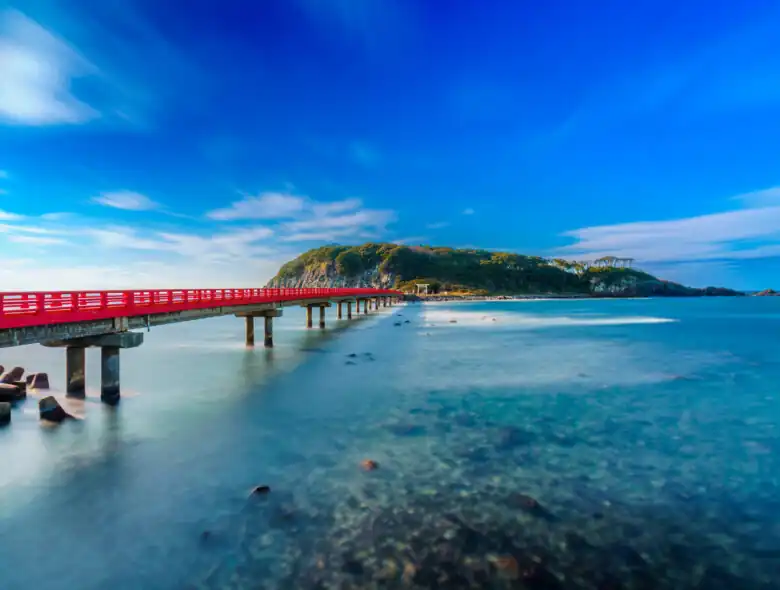Fukui Prefecture, often overlooked by both local and international travelers, remains one of Japan’s best-kept secrets. Situated along the scenic Sea of Japan coast, this quiet yet captivating region is rich in history, natural beauty, and unique attractions. In the first installment of our guide, we uncovered some of Fukui’s most well-known sites, from ancient castles to prehistoric discoveries. Now, we’re taking you further off the beaten path to discover even more of the hidden treasures this charming prefecture has to offer. Whether you’re seeking a deeper dive into its historical sites or looking for more peaceful, nature-filled experiences, this second part will prove why Fukui is the perfect destination for anyone looking to truly experience Japan beyond the crowds.
If you’re thinking of making Fukui your new home, then check out Village House. We offer affordable apartments with no deposit*, renewal fees, key money, or handling fees!
*A deposit may be required depending on contract details.
Ichijodani Asakura Clan Ruins
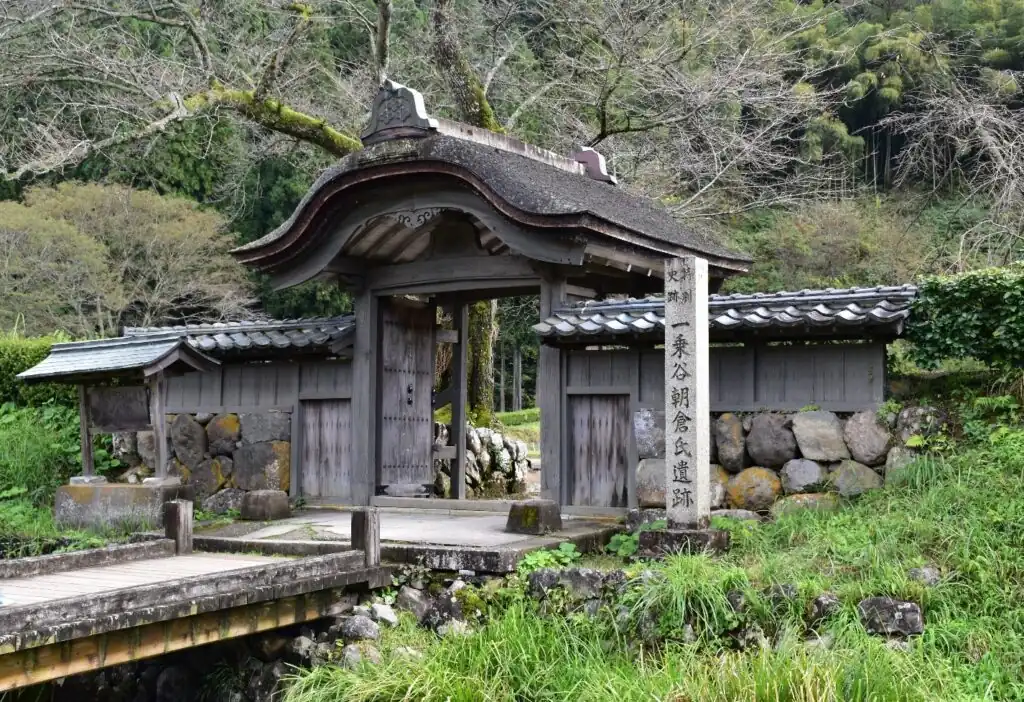
Containing a partly reconstructed section of a leading former castle town, the Ichijodani Asakura Clan Ruins was a castle town that served as the base for the powerful Asakura Clan during the Muromachi Period.
Located in central Fukui Prefecture, the town acted as the region’s cultural, military, and commercial center, housing over 10,000 residents before it was razed to the ground by Japanese daimyo, Oda Nobunaga in 1573 in a bid to unify Japan.
The ruins were only excavated 400 years after its downfall and a small section of the castle town has now been reconstructed to its likeness during the Muromachi Period. The reconstructed area includes walled homes of samurai, merchants, and craftsmen along a 200-meter street, and several of the buildings and homes are furnished and equipped with mannequins to give visitors a visual of how people back then lived and worked. The rest of the ruins are sprawled out in the surrounding area and visitors are free to walk around to explore.
A museum about the ruins opened up in 2022 a stone’s throw away from Ichijodani Station and houses exhibits of items recovered from the ruins. There is also a detailed diorama of the castle town at the height of its prosperity.
Entrance to the partially reconstructed street costs ¥330 for adults and ¥100 yen for elementary and junior high school students as well as seniors.
To get to the ruins, take Bus 62 from Fukui Station to Fukugen Machinami bus stop. It’s approximately a 30-minute journey and costs ¥680 one way but take note that this bus is very infrequent – every 2 to 3 hours – so plan accordingly.
Those wanting to go to the museum can take the train on the JR Etsumi Hoku Line from Fukui Station to Ichijodani Station. It’s a 15-minute journey and then a 3-minute walk from Ichijodani Station.
For more information on the Ichijodani Asakura Clan Ruins and museum, visit their official website.
Megane Museum
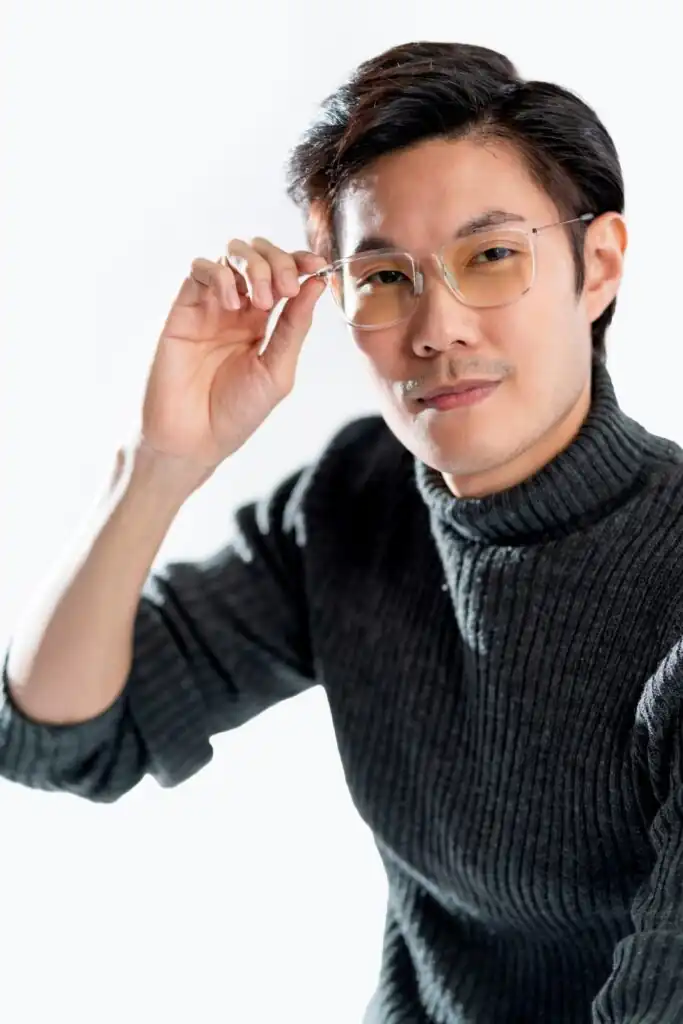
Also known as the Megane Museum of Glasses or Glasses Museum, this is a museum dedicated to Japan’s largest producer of eyewear.
Located in Sabae, Fukui, which produces over 90% of all eyeglasses frames made in Japan, the museum educates visitors about the 110-year history of eyewear manufacturing, how glasses have changed and evolved from the Edo through to the Showa periods, and the over 200-step process involved in making a single pair. Visitors eager to get a hands-on experience can make a reservation for an eyeglasses-making workshop where they can make their own frames.
The eyeglasses business came to fruition in Sabae when local assembly member, Masunaga Gozaemon (1871~1938) wanted to establish a winter off-season industry for the local farming community; and thus, invited skilled glasses makers to teach artisans of Sabae the art of making glasses in 1905. Today, Sabae is home to more than a hundred companies that collaborate to make eyewear and the city is known worldwide for its precision technology and high-quality eyeglasses.
The museum is housed within a building that also has an eyeglasses shop that stocks over 2,500 types of popular eyewear and frames, all of which are manufactured by Fukui prefecture-based manufacturers. The shop offers visitors services such as vision testing, glasses cleaning, fittings, and adjustment services.
The museum and shop are open every day except Wednesday from 10 am to 7 pm (the museum closes at 5 pm); and is a mere 10-minute walk from JR Sabae Station. The building is hard to miss for there is a bold and vivid pair of red glasses sitting proudly at the top of the building. For more information, visit the museum’s official website.
Oshima Island
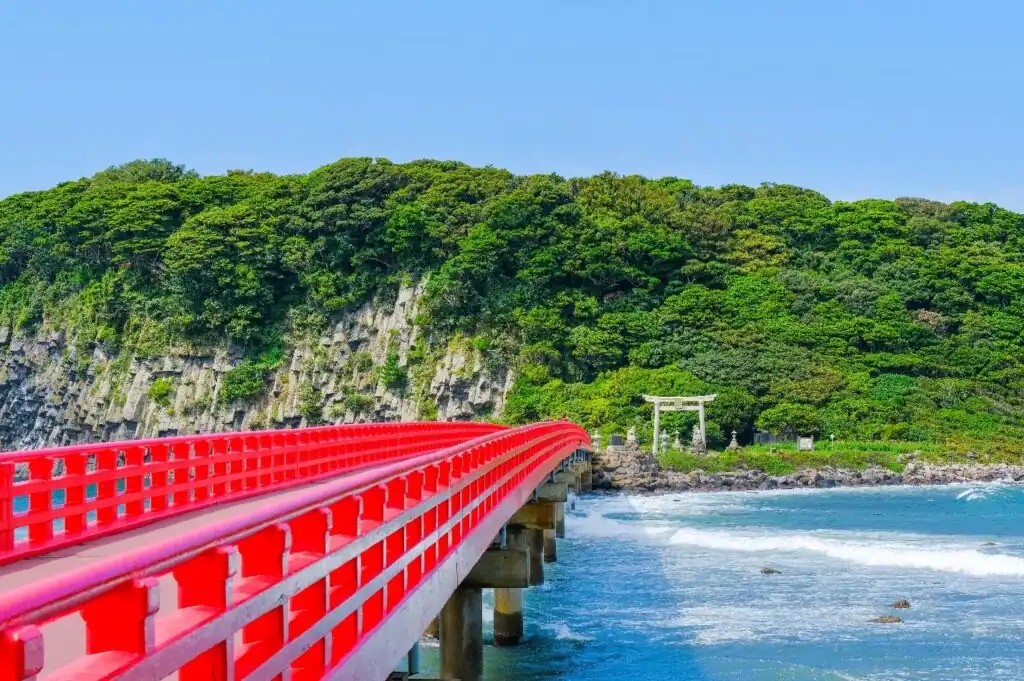
Oshima Island is a small island off the coast from Tojinbo Cliffs in Sakai (more on this later!) that is easily accessed by a gorgeous vermillion red bridge that bears an intriguingly similar resemblance to the bathhouse’s bridge in Ghibli’s Spirited Away.
The island itself is uninhabited due to the notion that it is deemed too sacred for humans to reside on. That and locals believed that gods lived on the island, which is why it is also known locally as “The Island of the Gods”.
Oshima Island is surrounded by a gorgeous forest made up of unique trees, which are more commonly found in tropical locations. There is a shrine on the island, Ominato Shrine, which local residents would journey to and climb up the 78 stone steps to pray for the safe return of those going out to sea to make a living. The sea in the area is known for having rough waves and dangerous weather conditions, making fishing difficult and risky for the local fishermen.
Aside from the shrine, there is a small lighthouse on the island and visitors can circumnavigate the entire island in about an hour as it is only around 2km all around.
There is no fee to visit the island, but it is not recommended to go after dark as local legend has it that the god the shrine on the island is dedicated to will come out to haunt trespassers who come to the island in the dead of night.
Tojinbo Cliffs
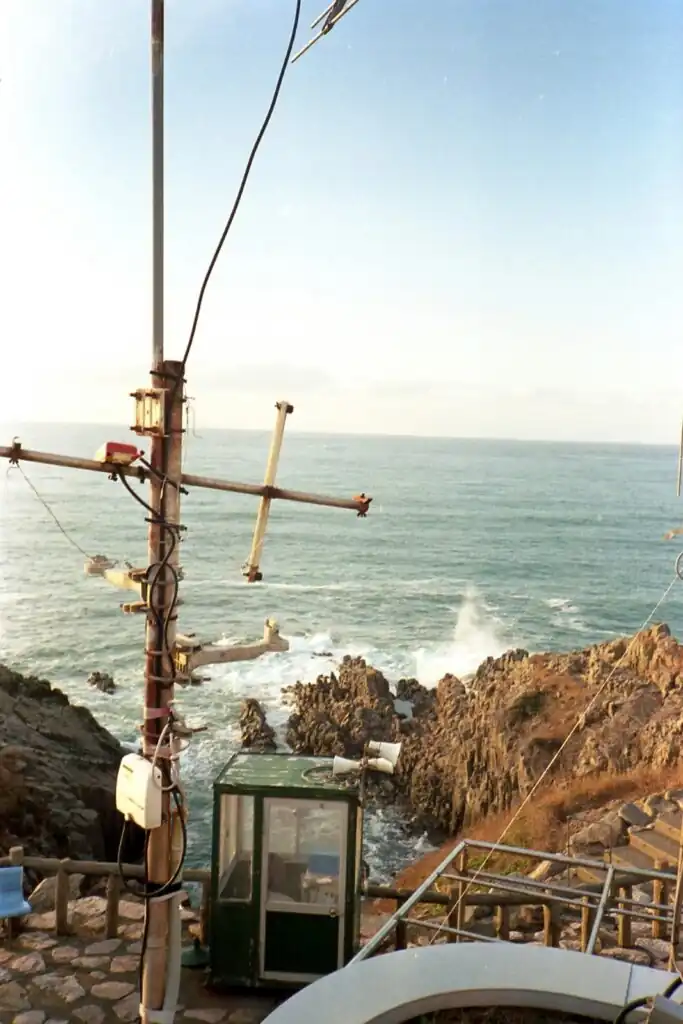
Tojinbo Cliffs is a spectacular 1km stretch of rugged basalt cliffs that run along the Sea of Japan and is located north of Fukui City. The rocky and rugged coastline has been carved out by the waves throughout the years, leaving deep chasms and steep bluffs that loom 30 meters above the sea below.
What makes Tojinbo Cliffs a unique and natural phenomenon are its pillar-like rocks that are shaped into hexagonal and pentagonal columns, which can only be found in a few locations in the world, including South Korea and Norway. The rare geological phenomenon, known as columnar joints, is created when lava or magma cools and solidifies, resulting in columnar-shaped cracks. As the magma climbs towards the surface, it cools down and contracts to create the formation of pentagonal and hexagonal columnar cracks that now make up the unique structure that is Tojinbo Cliffs.
As for its name, one legend has it that a monk named Tojinbo was pushed to his watery grave off the cliffs by a rival suitor competing for a princess’ affection, while another local lore argues that a priest was pushed off the cliffs by angry locals. Either way, someone seems to have fallen off these cliffs at one point or another, adding to its mystique and the idea of the area being haunted. It should be noted that visitors to Tojinbo Cliffs are free to walk right up to the unmarked edges of the bluffs and the entire area is barrier-free, so take care not to follow in the footsteps of the cliff’s namesake.
To get to Tojinbo Cliffs, take the Echizen Railway from Fukui Station to Mikuniminato Station, which is the final stop on the Mikuni Awara Line. The journey takes about 50 minutes and costs ¥770 one way. Upon arrival at Mikuniminato Station, transfer to an hourly Keifuku bus to the cliffs. The bus ride is about 5 minutes and costs 200 yen one way.
The path from the bus stop and parking lot to the cliffs are lined with all the usual tourist trappings – restaurants, food stalls, and souvenir shops that sell local fare and seafood. Nearby is Tojinbo Tower which offers a 360-degree panoramic view of the area and costs ¥500 to enter.
Those with time to spare can walk along the coastal trails that extend north past the cliffs to enjoy the lookout points and rest huts along with wildlife and seaside scenery. To the south of the cliffs is a small fishing village and the vermillion red pedestrian bridge to Oshima Island.
Tsuruga Port of Humanity
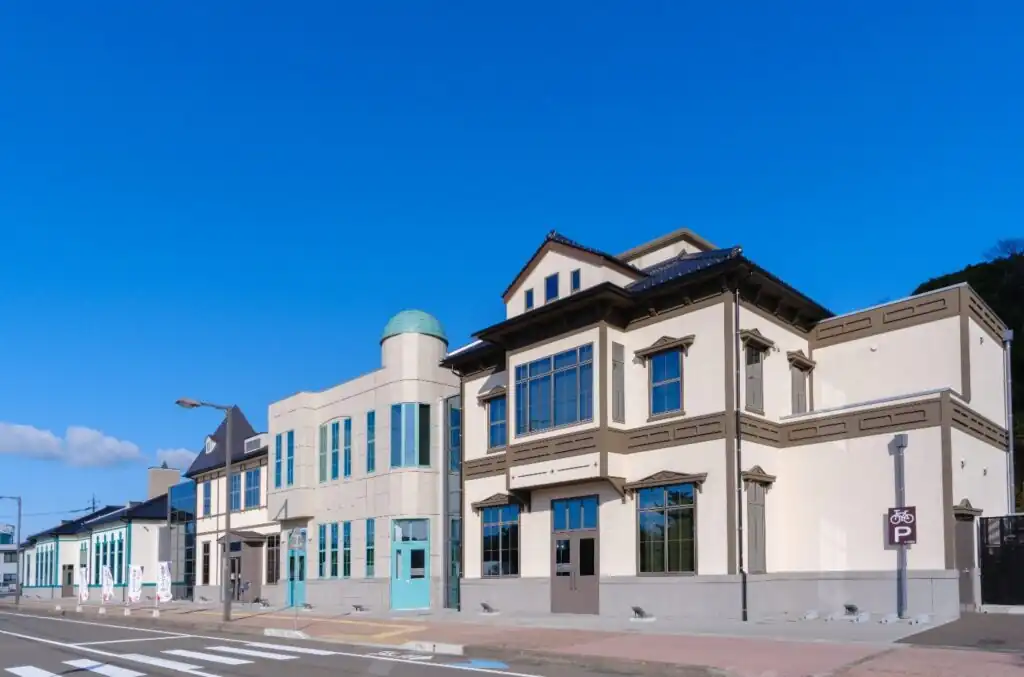
Tsuruga Port historically shouldered the role of being the transportation hub to and from Europe from the Meiji Period to the beginning of the Showa Period. However, Tsuruga Port in Fukui has a very interesting connection with the Bolshevik Revolution and Jewish refugees from World War II that people may not be fully aware of. That’s why the Port of Humanity Museum resides in Kanegasaki Park in Tsuruga to teach visitors about the city’s interesting history and humanitarian efforts during these two tumultuous periods in human history.
Visitors to the museum will learn about Chiune Sugihara, a Japanese diplomat who served as vice-consul for the Japanese Empire in Kaunas, Lithuania, who saved the lives of dozens of Jewish refugees during Nazi Germany’s occupation of Europe. He did so by issuing transit visas, also known as life-saving visas to Japan, defying the Japanese government in the process. Tsuruga Port was the place where the refugees disembarked after a long, difficult, and treacherous journey from Europe on the Trans-Siberian railroad.
Visitors will also learn that prior to this event, Tsuruga also played host to scores of Polish orphans who were displaced in Russia and Siberia during the Bolshevik Revolution. A joint effort by the Japanese Red Cross Society and the Polish Children’s Rescue Committee helped rescue around 760 orphans in danger of famine, disease, poverty, and homelessness, bringing them to Vladivostok before boating them to the port of Tsuruga in 1920.
The museum is open every day except Wednesday from 9 am to 5 pm. Admission costs ¥500 for adults and ¥300 for children. Visitors can walk 30 minutes to the museum from Tsuruga Station or take a bus from Bus Stop 3 (sightseeing route) or Bus Stop 4 (community bus). More information on the museum can be found on its official website.
Related articles:
- Your Guide to Fukui Prefecture: 5 Must-See Travel Destinations
- Top 5 Recommended Travel Destinations in Japan in June
- 5 Underrated Destinations in the Tohoku Region
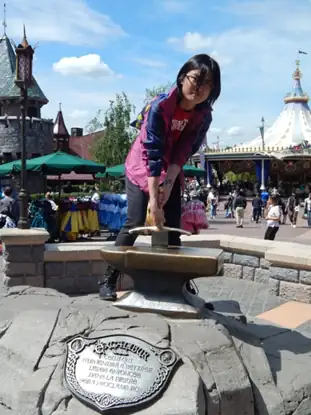
Freelance writer with over 2 years of experience writing for the Village House Blog, ESL teacher, and digital nomad who has lived in countries including The Czech Republic, The UK, The U.A.E., Japan, and most recently, Georgia. Is constantly on the hunt for the best, most optimal apartment for remote work when not enjoying going to film festivals, concerts, and the theater.


